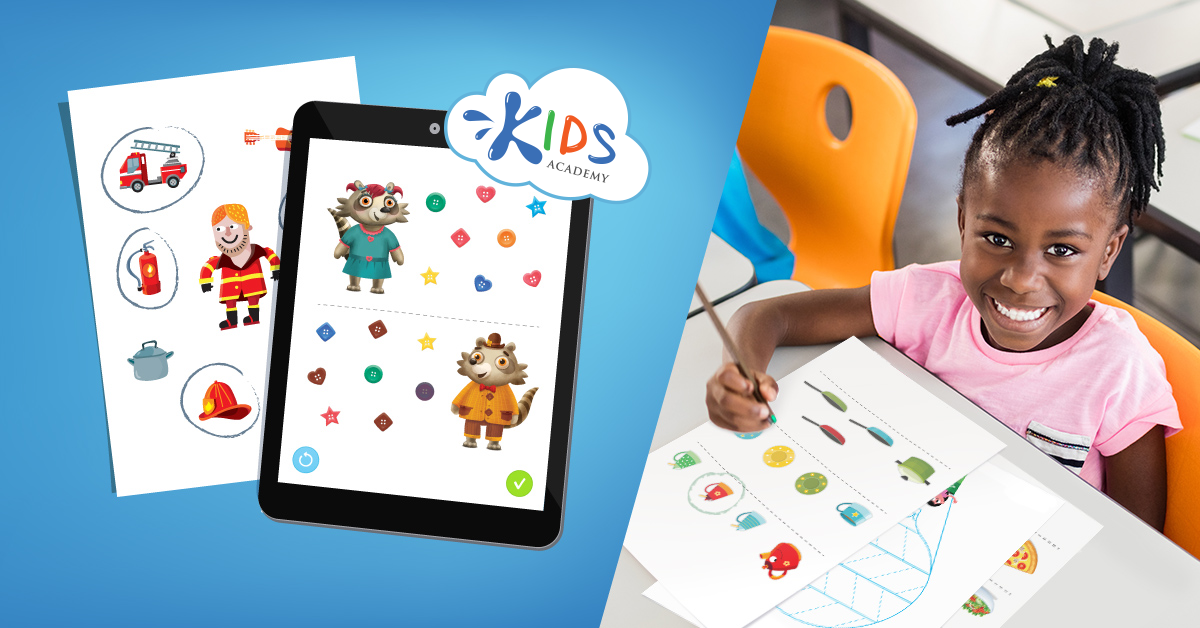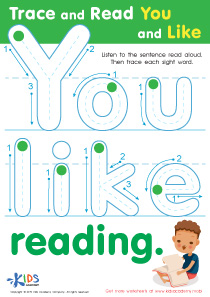Handwriting practice Normal Grade 1 Worksheets - Page 2
34 filtered results
-
From - To


Letter H Coloring Sheet


Chinese Word Tracing: Ni Hao Worksheet
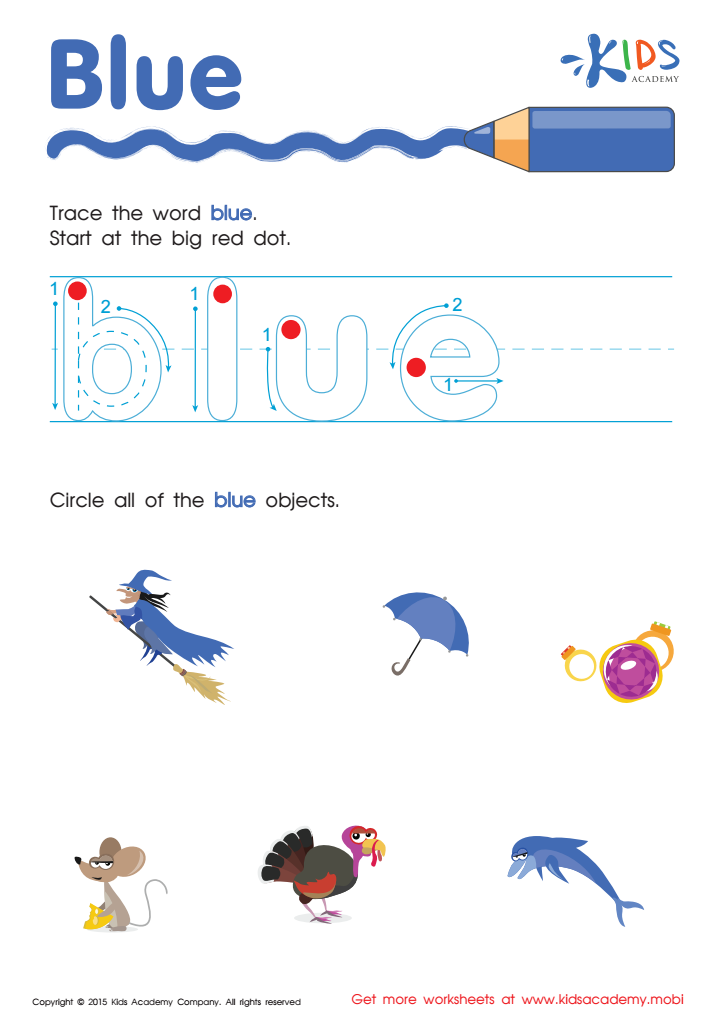

Blue Tracing Color Words Printable
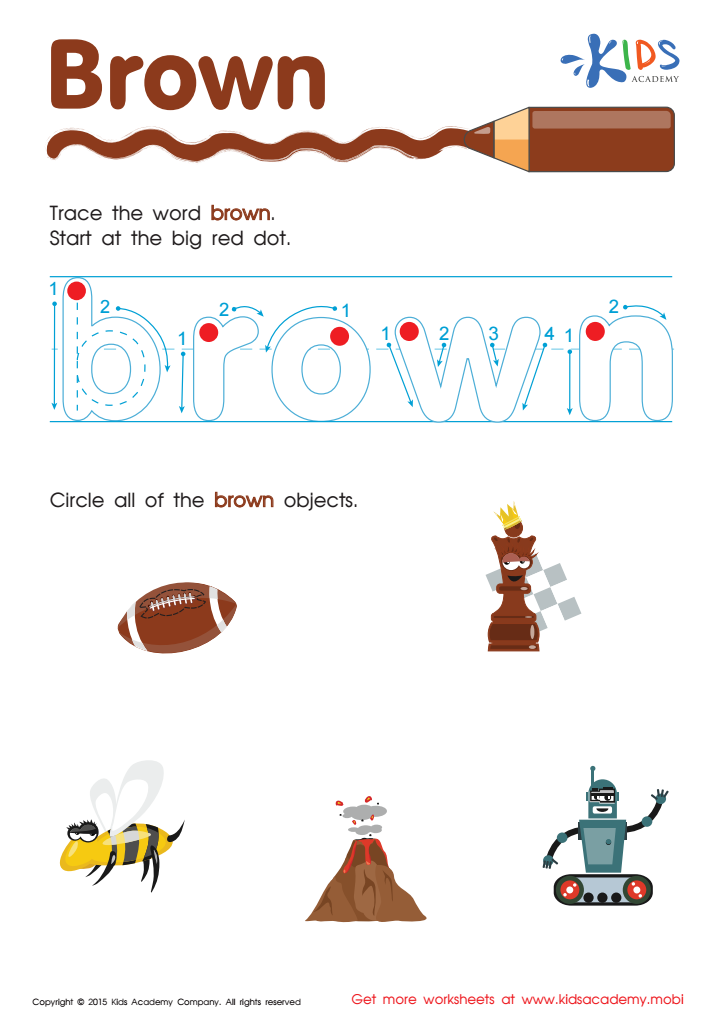

Brown Tracing Color Words Worksheet
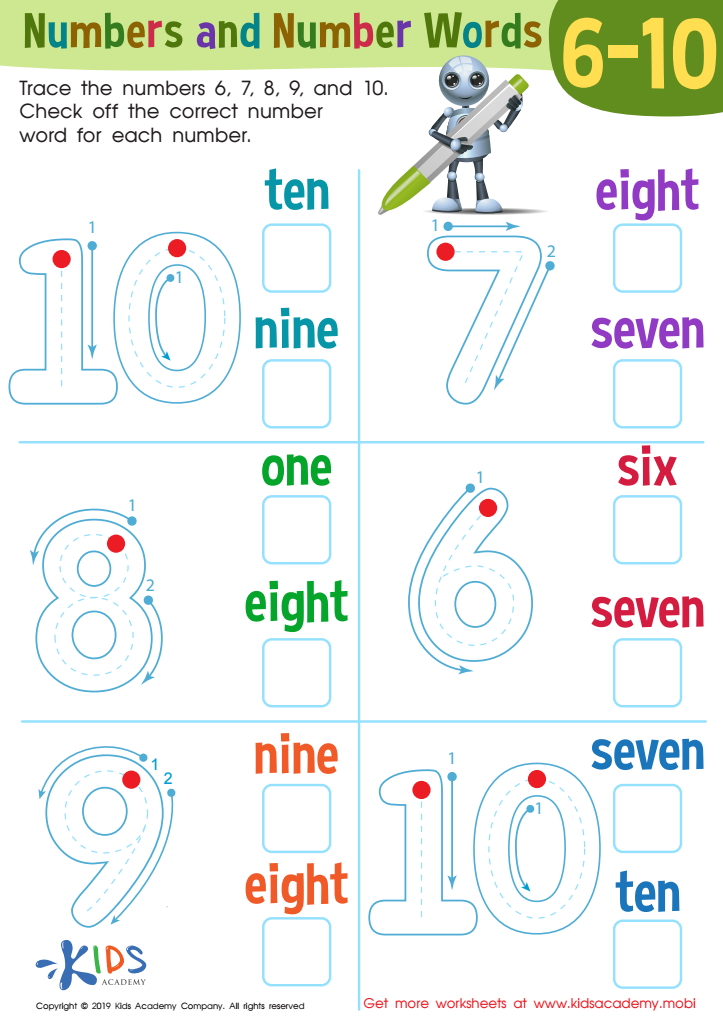

Numbers and Number Words 6–1 Worksheet
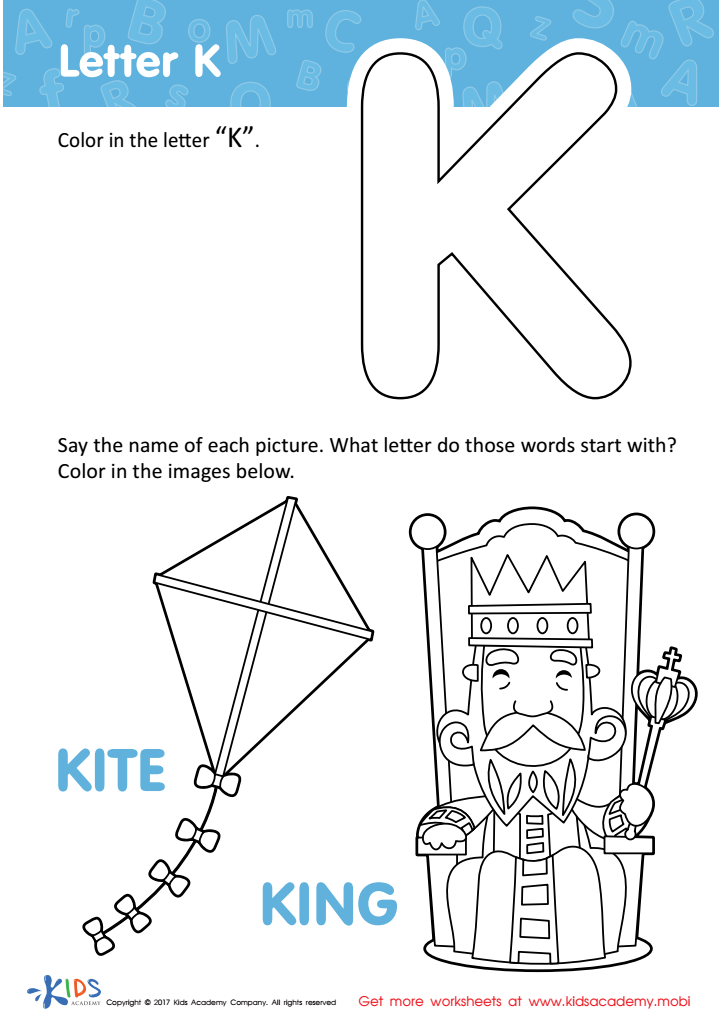

Letter K Coloring Sheet
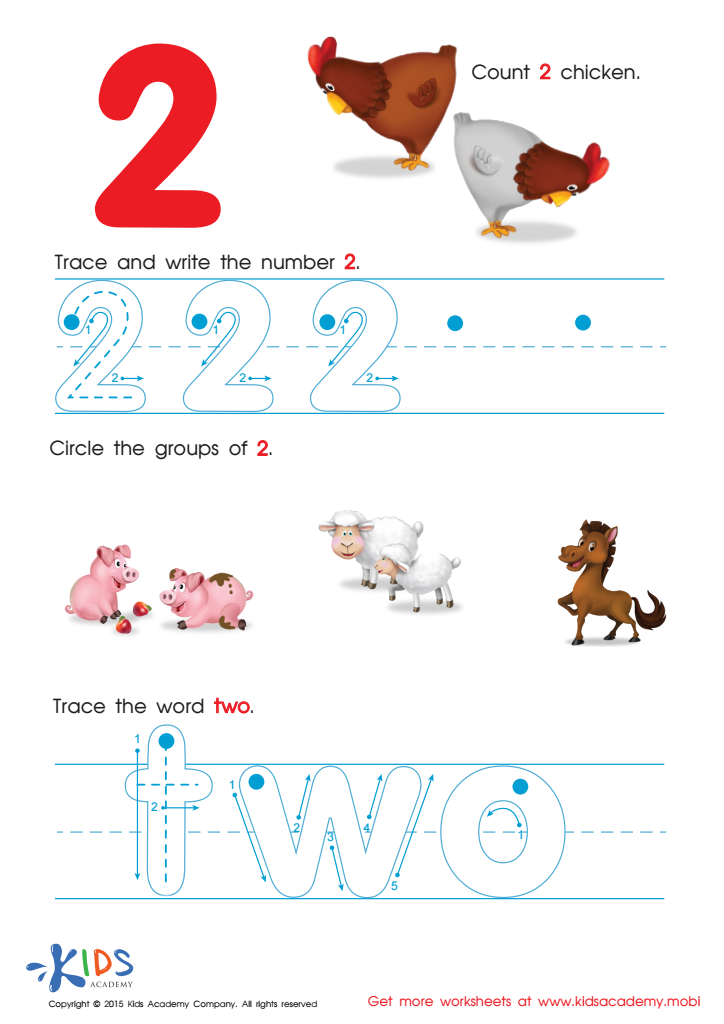

Learn to Write the Number 2 Worksheet
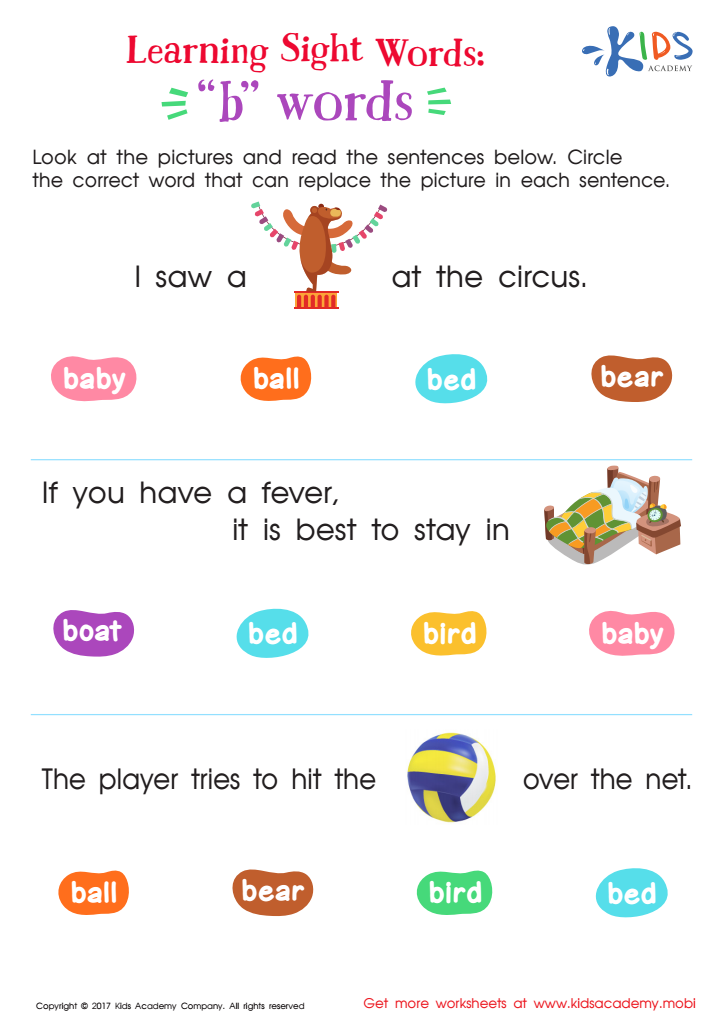

"B" Words Printable Sight Words Worksheet
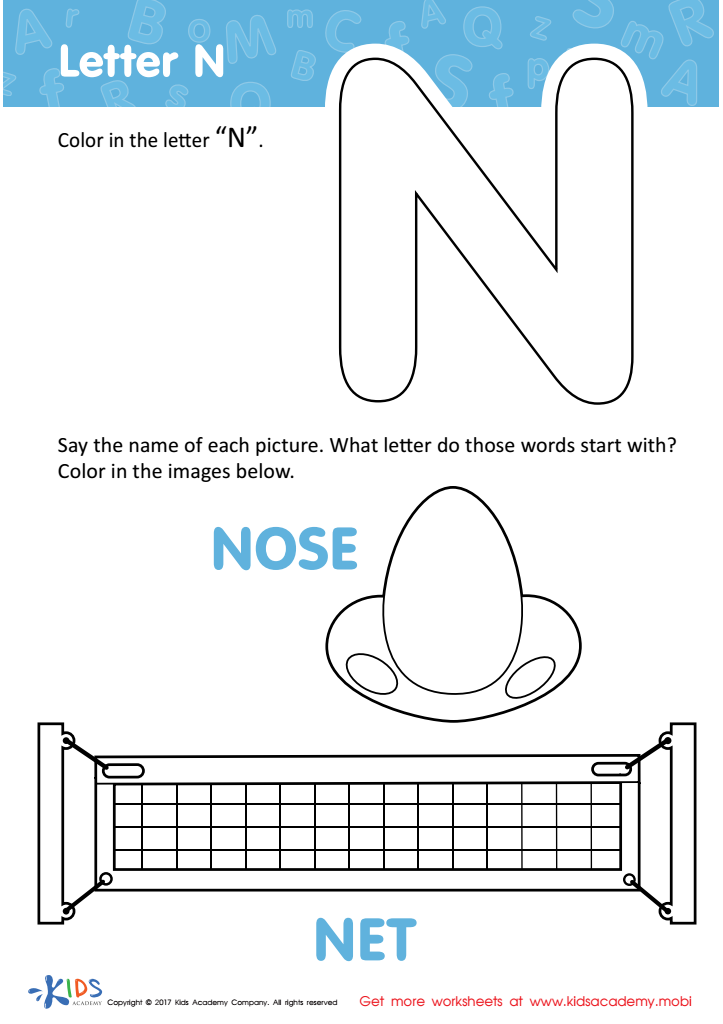

Letter N Coloring Sheet
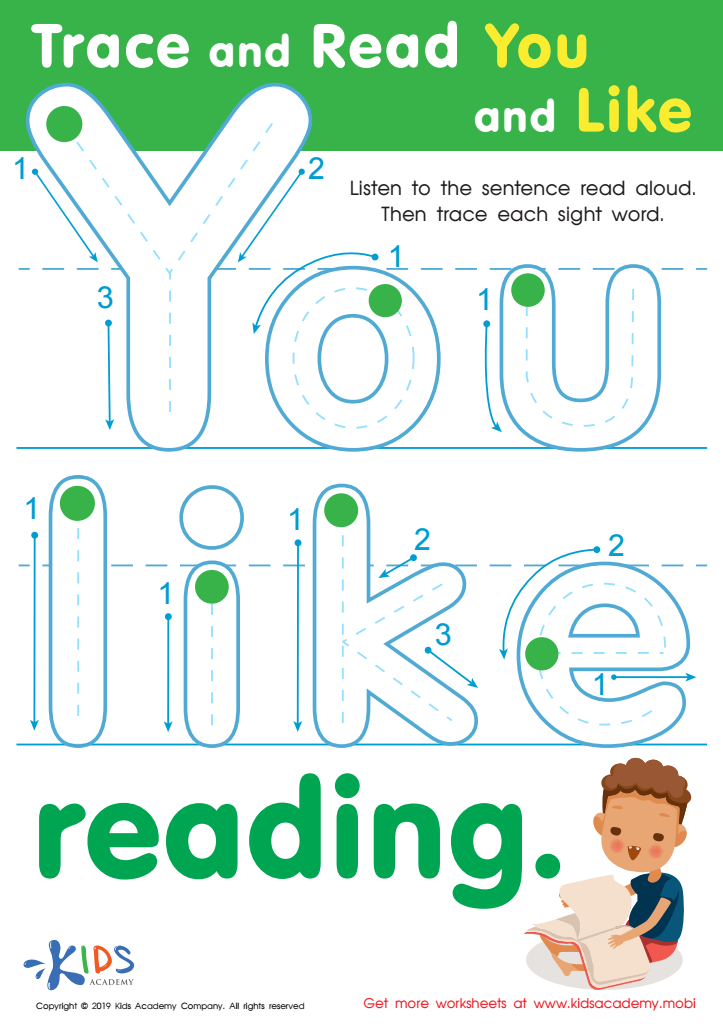

Trace Read You Like Worksheet
Handwriting practice is a crucial element for first graders, and parents and teachers should prioritize it for several compelling reasons. First and foremost, handwriting is fundamental to literacy development because it enhances fine motor skills, which are essential for performing tasks such as buttoning clothes and using utensils. The act of writing out letters and words aids in memory and phonetic recognition, facilitating stronger reading and spelling skills.
Moreover, good handwriting habits— established early—improve legibility and writing fluency. When children can write clearly and efficiently, it builds their confidence in expressing themselves and enables better academic performance across all subjects. Writing by hand also engages different areas of the brain compared to typing, thereby promoting improved cognitive and neural development.
Socially and emotionally, mastering handwriting can instill a sense of accomplishment and independence in young learners. They feel a personal connection to their work and can take pride in their gradually improving skill set. Importantly, clear handwriting minimizes classroom distractions caused by the need for constant clarification and keeps the focus on learning content rather than deciphering text.
In summary, handwriting practice in Grade 1 is fundamental for developing motor skills, cognitive abilities, literacy, and self-esteem. It sets the foundation for future academic success and is a critical step in a child's overall development.
 Assign to My Students
Assign to My Students







